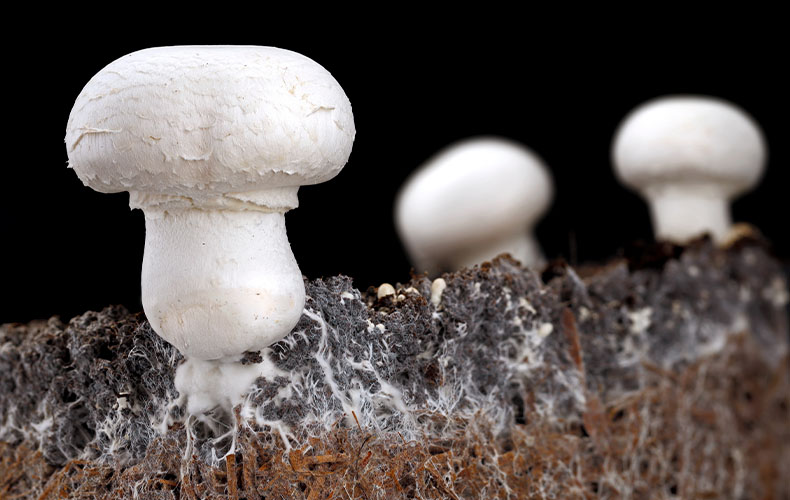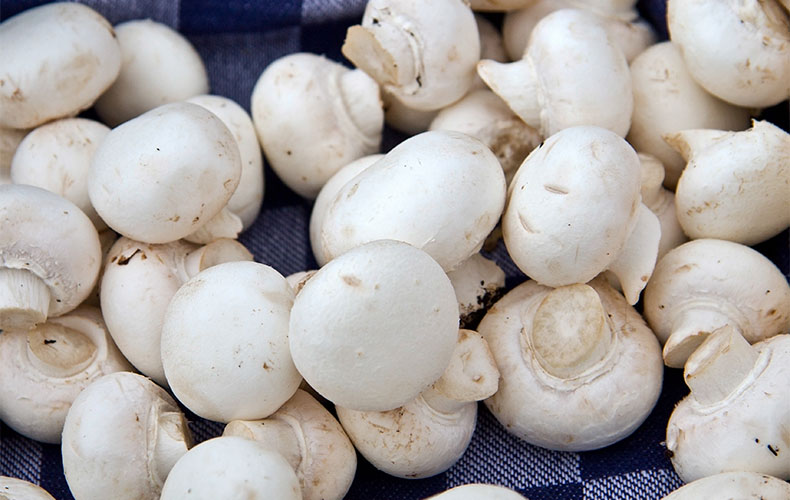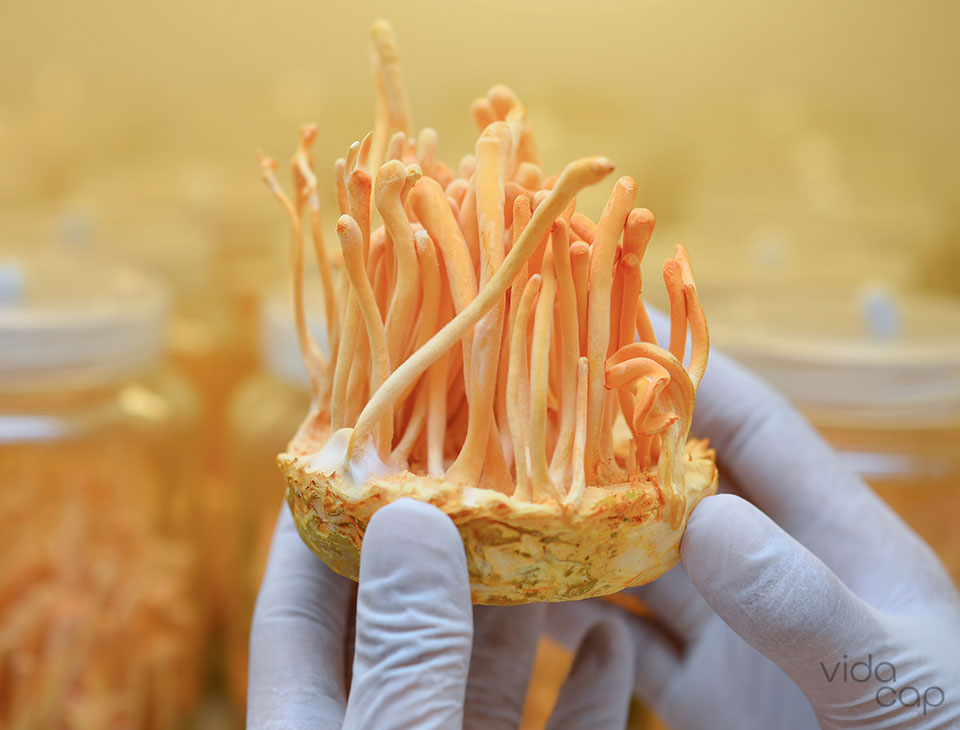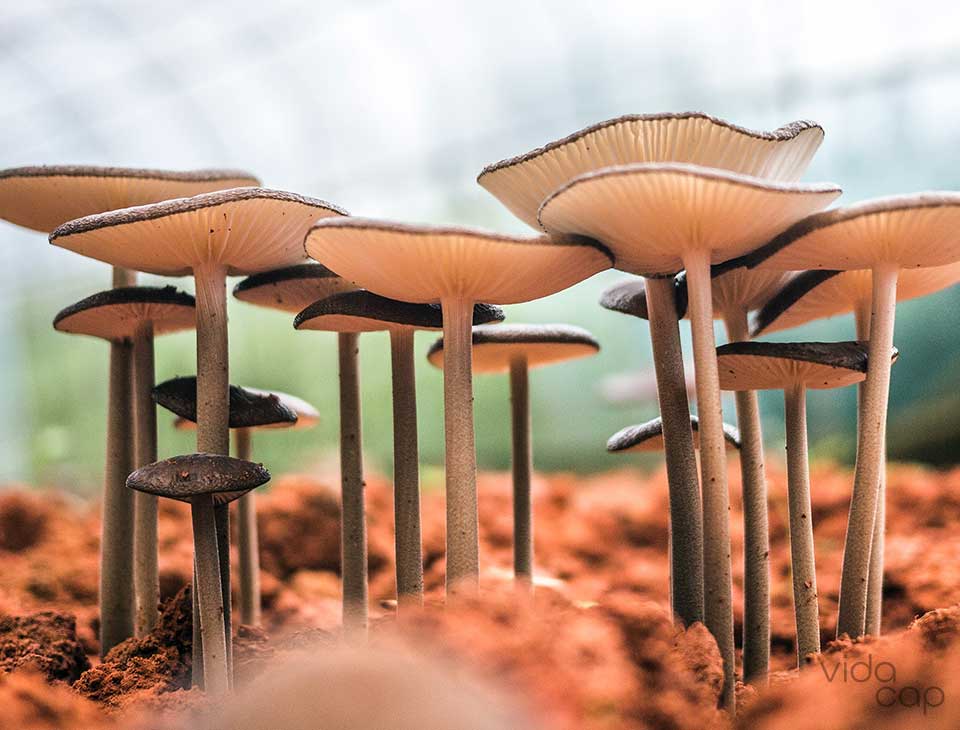
Lynn Marie Morski
Reviewed by Lynn Marie Morski, MD, JD, who is a president of the Psychedelic Medicine Association and host of the Psychedelic Medicine Podcast. She sits on the advisory boards of Psychedelics Today, Cybin, VETS, Inc (Veterans Exploring Treatment Solutions), the Oxenberg Foundation, and the Ketamine Task Force. Dr. Morski is also a Mayo Clinic-trained physician in family medicine and sports medicine, as well as an attorney and former adjunct law professor.
Read More
Subscribe
0 Comments



 by Lynn Marie Morski, MD
by Lynn Marie Morski, MD







